It looks as if I have nature on the brain this week. First, my review of the new art and nature park in Indianapolis was published in The Wall Street Journal on Wednesday (see here), and now comes another article, about public gardens.
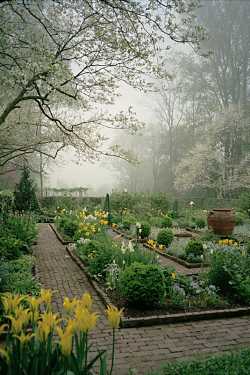 Yes, my annual trip to area gardens, for the Weekend section of The New York Times, is in Friday’s paper: A Garden Crawl For Through the Garden State.
Yes, my annual trip to area gardens, for the Weekend section of The New York Times, is in Friday’s paper: A Garden Crawl For Through the Garden State.
But this was not planned; it’s simply an accident of timing.
And — alas — unlike “100 Acres – The Virginia B. Fairbanks Art & Nature Park,” the five parks/gardens I visited in New Jersey have no art. A few have generic statues or sculptures (the mass-produced kind), and the New Jersey Botanical Garden, in Ringwood, up north, comes incorporates in its design copies of a few sculptures here and there. They are labeled as “garden ornaments” in the guide.
Still, some of the gardens are lovely (the Cross Estate Gardens, one of them, is at left) and worth a visit.
On the other hand, compared to those I wrote about for the Times last June — five gardens in and around Philadelphia (which I posted about here) — the gardens of the Garden State fall short, I’m afraid. Nor do its gardens equal the five I wrote about in 2007, in the Hudson Valley (here). Good thing it’s not a competition.

 On Monday, according to Tuesday’s
On Monday, according to Tuesday’s  During the closure, Starr will be working on “the development of an exciting new concept for dining. Plans for the Museum Restaurant will be unveiled in the months ahead,” the
During the closure, Starr will be working on “the development of an exciting new concept for dining. Plans for the Museum Restaurant will be unveiled in the months ahead,” the 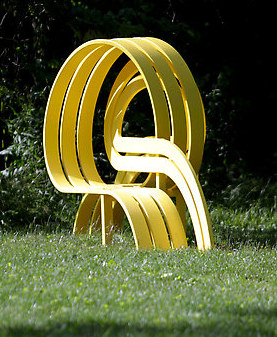 I was there last week, when the final touches were being made, after days and days of rain — well, that part wasn’t lucky. It was very muddy in parts, making the final days tricky.
I was there last week, when the final touches were being made, after days and days of rain — well, that part wasn’t lucky. It was very muddy in parts, making the final days tricky. 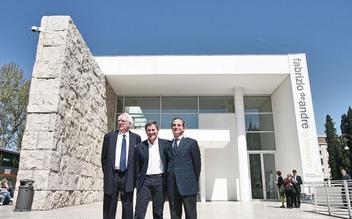
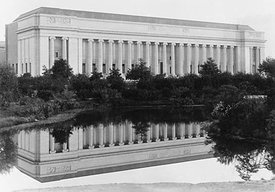
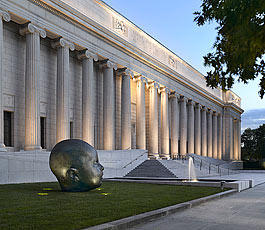 The Kimbell provides a good example:
The Kimbell provides a good example: